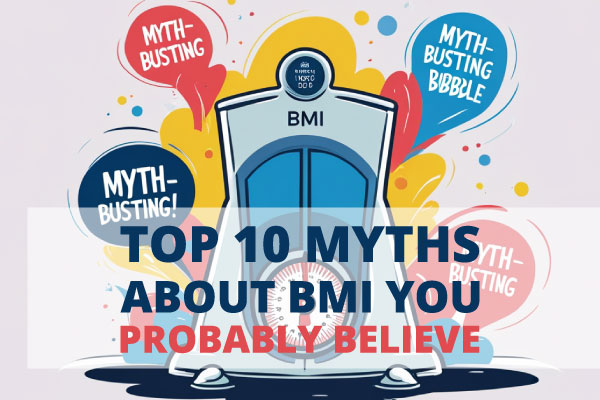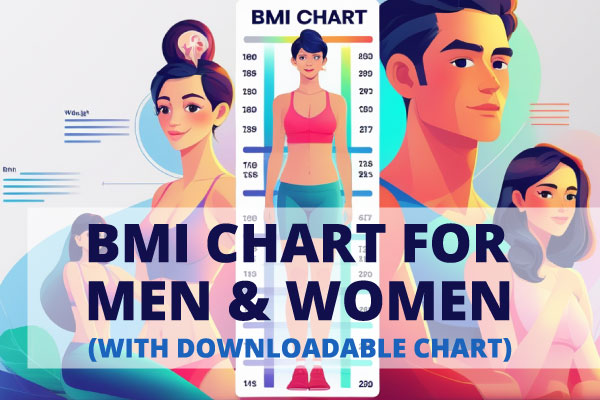BMI Calculator for Children Healthy Growth Tracking
BMI Calculator for Children: Healthy Growth Tracking
BMI (Body Mass Index) is a simple and effective way to assess whether a child is growing at a healthy rate. Unlike adults, children’s BMI is interpreted differently—it depends on both age and gender. This is why using a BMI calculator for children is crucial for parents, caregivers, and healthcare professionals to monitor healthy growth patterns.
You can easily Calculate BMI online for children and compare it with growth charts to understand their health status more accurately. In this guide, we’ll cover everything you need to know: how BMI for children is calculated, how to interpret it, why it matters, and how to track it over time.
What Is BMI for Children?
For children and teens, BMI is calculated using the same formula as for adults — weight (in kilograms) divided by height (in meters squared). However, the interpretation is different. Instead of fixed cutoffs (like 18.5–24.9 for adults), children’s BMI results are compared to age- and sex-specific growth charts provided by the World Health Organization (WHO) and the CDC.
These growth charts show how a child’s BMI compares to other children of the same age and gender. The result is expressed as a BMI percentile, which indicates the relative position of the child’s BMI number among children of the same sex and age.
Example:
- A child in the 50th percentile has an average BMI compared to peers.
- A child in the 85th percentile is considered overweight.
- A child in the 95th percentile or above is considered obese.
Understanding this percentile is key to evaluating whether a child’s growth is within a healthy range.
How to Calculate BMI for Children
The BMI formula is:
BMI = weight (kg) / [height (m)]²After calculating, the BMI number is plotted on the appropriate BMI-for-age growth chart to determine the percentile. The easiest way to do this is to use a reliable online tool. Try this free tool: Calculate BMI online.
Children’s BMI Categories
| BMI Percentile Range | Weight Status Category |
|---|---|
| Less than 5th percentile | Underweight |
| 5th percentile to less than 85th percentile | Healthy weight |
| 85th percentile to less than 95th percentile | Overweight |
| 95th percentile or greater | Obese |
For detailed normal BMI ranges by age and gender, visit our internal guide:
Normal BMI Range by Age and Gender: What You Need to Know
.
Why Tracking BMI in Children Matters
Monitoring BMI can help detect potential weight-related issues early. Both underweight and overweight conditions in childhood can lead to serious health problems if not addressed in time. Here’s why it matters:
- Early Intervention: Identifying unhealthy trends early helps parents and healthcare providers take preventive action.
- Healthy Growth Monitoring: Growth tracking ensures the child’s body development aligns with global health standards.
- Preventing Future Health Issues: Childhood obesity is linked to adult health problems like diabetes, heart disease, and joint issues.
- Better Nutritional Planning: Understanding BMI status allows families to adapt diets and activities accordingly.
Downloadable Children BMI Chart (PDF)
For your convenience, we’ve prepared a downloadable Children BMI Chart (PDF) that you can print and use at home or in schools. It includes age- and gender-specific BMI percentiles based on WHO guidelines.
👉 Click here to download the Children BMI Chart (PDF)
How to Interpret the BMI Chart for Children
Interpreting the BMI chart correctly is essential:
- Plot the BMI value on the chart using the child’s age and gender.
- Identify which percentile curve the point falls on.
- Compare it with the percentile categories mentioned earlier to determine the child’s weight status.
For more guidance, WHO provides official BMI-for-age growth charts and guidance. You can check out their resources on the WHO website.
Factors That Can Affect BMI in Children
BMI is a useful indicator but not a perfect one. Several factors can influence BMI readings in children:
- Growth spurts and puberty stages
- Genetics and family history
- Physical activity levels
- Nutritional habits
- Medical conditions (e.g., hormonal imbalances)
Always consult with a pediatrician or qualified healthcare provider to interpret BMI results in the context of overall health and development.
Tips to Maintain a Healthy BMI for Children
Parents and caregivers play a vital role in helping children achieve and maintain a healthy BMI. Here are some practical tips:
- Encourage Physical Activity: Aim for at least 60 minutes of moderate to vigorous activity daily.
- Promote Balanced Nutrition: Include fruits, vegetables, lean proteins, and whole grains in daily meals.
- Limit Screen Time: Excessive sedentary time contributes to unhealthy weight gain.
- Model Healthy Behavior: Children learn by example. Parents should practice healthy habits themselves.
- Regular Growth Monitoring: Use the BMI calculator and growth charts every 6–12 months to track progress.
When to Seek Professional Help
If your child’s BMI falls into the underweight, overweight, or obese categories, it’s important not to panic. Instead, schedule an appointment with a pediatrician. They can assess growth in the context of other factors such as height velocity, bone development, and overall health.
Conclusion
Tracking BMI in children is an essential part of ensuring healthy growth. By using a BMI calculator for children, referring to percentile charts, and making informed lifestyle choices, parents can support their child’s well-being effectively. Start tracking today by using the free tool at Calculate BMI online.
Frequently Asked Questions (FAQ)
1. How often should I check my child’s BMI?
It’s recommended to check BMI at least once or twice a year, ideally during routine pediatric checkups or at the start and end of each school year.
2. Is BMI a perfect measure of health for children?
No. BMI is a screening tool, not a diagnostic tool. It gives an estimate of weight relative to height but doesn’t account for factors like muscle mass or body composition.
3. Where can I get official growth charts?
You can download official WHO BMI-for-age charts from the WHO website.
4. Does BMI vary by gender?
Yes. Boys and girls have different growth patterns, especially during puberty. That’s why BMI-for-age charts are gender-specific.
5. Can BMI indicate nutritional deficiencies?
BMI can hint at undernutrition or overnutrition but cannot specify the exact deficiency or excess. A healthcare professional should conduct further assessments if needed.






